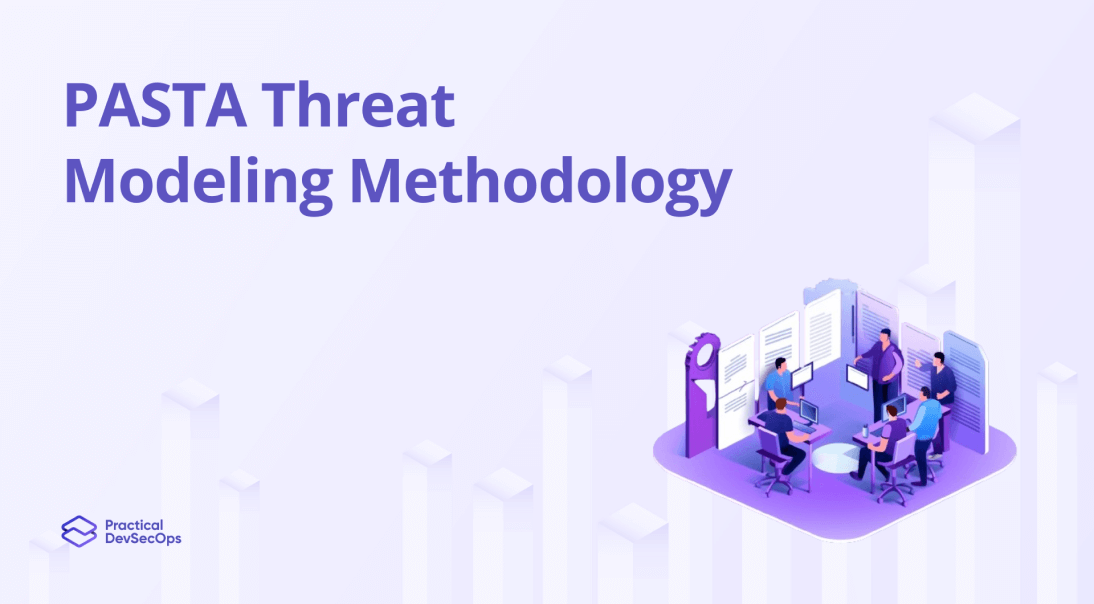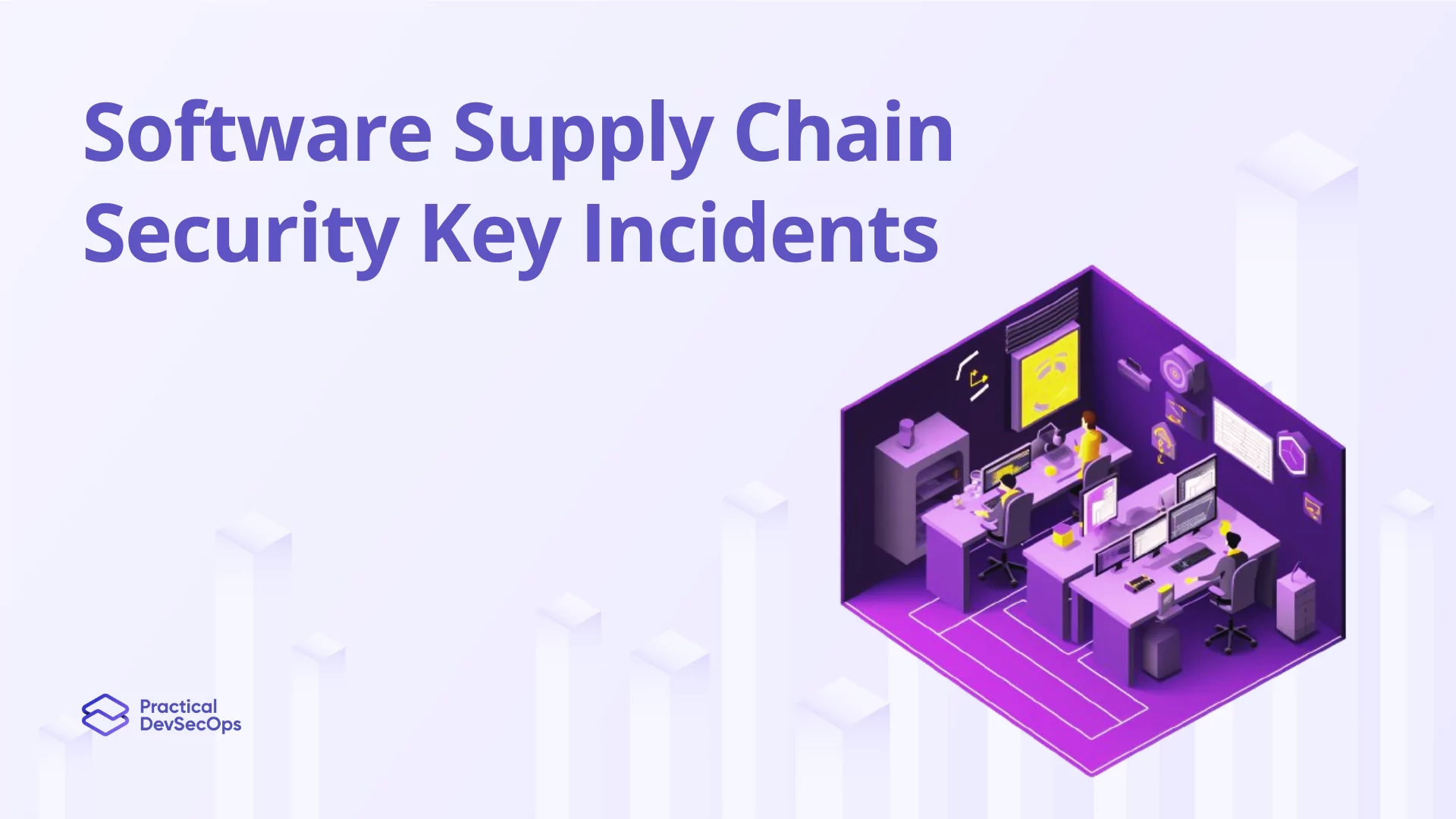Imagine you’re a chef, meticulously crafting a delicious dish. But what if, halfway through, you realize you forgot a crucial ingredient? Or worse, there’s a hidden allergen lurking in your recipe? That’s where PASTA comes in. It helps you identify and address security threats before they turn into a full-blown disaster.
Core Principles of PASTA Threat Modeling
1. Preparation Phase
- Risk Assessment: Evaluate and categorize potential risks based on business impact.
- Resource Identification: Identify critical assets, systems, and data that need protection.
2. Adversary Modeling
- Threat Profiling: Create detailed profiles of potential attackers, their motives, and capabilities.
- Threat Hunting: Conduct a proactive search for potential vulnerabilities from an adversary’s perspective.
3. System Description
- Data Flow Analysis: Analyze data flows within systems to trace potential attack vectors.
- Trust Boundaries: Define trust relationships and assess security implications at each boundary.
Also Read, Threat Modeling Data Flow Diagrams
Benefits of Embracing PASTA Threat Modeling
Discover the advantages of integrating the PASTA methodology into your security protocols to elevate your defenses:
1. Proactive Risk Management
- Early Threat Identification: Detect vulnerabilities early in the development lifecycle.
- Risk Prioritization: Prioritize risks based on severity and potential impact on critical assets.
Also read, Threat Modeling vs Pentesting: What is the Difference?
2. Enhanced Security Posture
- Improved Resilience: Strengthen security controls to withstand sophisticated cyber threats.
- Comprehensive Defense Strategies: Develop holistic defense mechanisms tailored to your organization’s risk profile.
Also Read, Comprehensively about Stride Threat Model
How Does PASTA Compare to Other Threat Modeling Methodologies?
Understanding how PASTA (Process for Attack Simulation and Threat Analysis) stands against other threat modeling approaches like STRIDE, VAST, or OCTAVE can help security professionals and DevOps engineers make informed decisions.
Comparison with STRIDE
- STRIDE focuses on identifying six types of threats: Spoofing, Tampering, Repudiation, Information Disclosure, Denial of Service, and Elevation of Privilege.
- PASTA, on the other hand, is more comprehensive, incorporating business impact analysis and focusing on adversary capabilities and motivations.
Comparison with VAST
- VAST (Visual, Agile, and Simple Threat) is designed to integrate seamlessly with Agile and DevOps processes.
- PASTA offers a more structured and detailed approach, which can be advantageous for organizations needing thorough risk assessments.
Real-World Examples of PASTA in Action
Illustrating the application of PASTA through real-world examples can clarify its effectiveness and practical benefits.
Case Study: Financial Institution
- A major bank utilized PASTA to identify vulnerabilities in its online banking platform. Through adversary modeling, they discovered potential attack vectors that could be exploited by sophisticated cybercriminals.
- This led to the implementation of robust security measures, reducing the risk of financial fraud and enhancing customer trust.
Case Study: Healthcare Sector
- A healthcare provider applied PASTA to secure patient data. The preparation phase highlighted critical assets like patient records, and adversary modeling identified potential insider threats.
- The resulting security strategies ensured compliance with regulations like HIPAA, protecting sensitive information from breaches.
Tools and Resources for Implementing PASTA
To effectively adopt PASTA, professionals need the right tools and resources.
Recommended Tools
- OWASP Threat Dragon: An open-source threat modeling tool that supports various methodologies, including PASTA.
- Microsoft Threat Modeling Tool: While primarily designed for STRIDE, it can be adapted for PASTA with custom templates.
Resources for Learning
- OWASP PASTA Guide: Comprehensive documentation provided by OWASP on implementing PASTA.
- Training Workshops: Many cybersecurity training providers offer workshops on threat modeling, including PASTA.
Common Challenges and Solutions in PASTA Implementation
Implementing PASTA can be challenging. Addressing these common issues can help streamline the process.
Challenge: Complexity of Initial Setup
- Solution: Break down the implementation into smaller, manageable phases. Begin with a pilot project to understand the methodology and refine the process.
Challenge: Keeping Up with Evolving Threats
- Solution: Regularly update threat profiles and conduct periodic threat hunting exercises to ensure the model remains relevant.
Conclusion
As you journey through the intricacies of the PASTA threat modeling methodology, envision yourself as a cybersecurity enthusiast equipped with the tools to fortify digital defenses effectively. By embracing proactive threat assessment, adversary profiling, and system mapping practices outlined by PASTA, you can elevate your security resilience and shield your organization against ever-evolving cyber threats. Embrace the power of PASTA threat modeling and navigate the realm of cybersecurity with confidence and expertise.
Download Free E-book on Agile Threat Modeling in 5 Simple Steps
The Certified Threat Modeling Professional (CTMP) is a vendor-neutral course and certification program. The course provides hands-on training through browser-based labs, 24/7 instructor support, and the best learning resources to upskill in Threat Modeling.
Also Read, Top 5 Threat Modeling Methodologies
Frequently Asked Questions (FAQs)
What is the main advantage of PASTA over other threat modeling methodologies?
PASTA’s integration of business impact analysis with detailed adversary profiling offers a more holistic and actionable threat assessment, making it particularly beneficial for organizations facing sophisticated threats.
Can PASTA be integrated into Agile and DevOps workflows?
Yes, while PASTA is more structured, it can be adapted to fit Agile and DevOps processes by aligning threat modeling activities with development sprints and continuous integration cycles.
How often should threat models be updated when using PASTA?
Threat models should be reviewed and updated at least quarterly or whenever significant changes occur in the system, such as new features, architecture changes, or emerging threats.
Are there any certifications available for mastering PASTA?
Currently, there are no specific certifications for PASTA, but general threat modeling certifications and training can provide a strong foundation for mastering this methodology.
How can PASTA help in regulatory compliance?
By systematically identifying and mitigating risks, PASTA can help ensure that security controls meet regulatory requirements, reducing the risk of non-compliance penalties.
What resources are recommended for learning more about PASTA?
OWASP provides extensive resources on PASTA, including guides, case studies, and community discussions. Additionally, attending cybersecurity conferences and workshops can offer practical insights and networking opportunities.






0 Comments